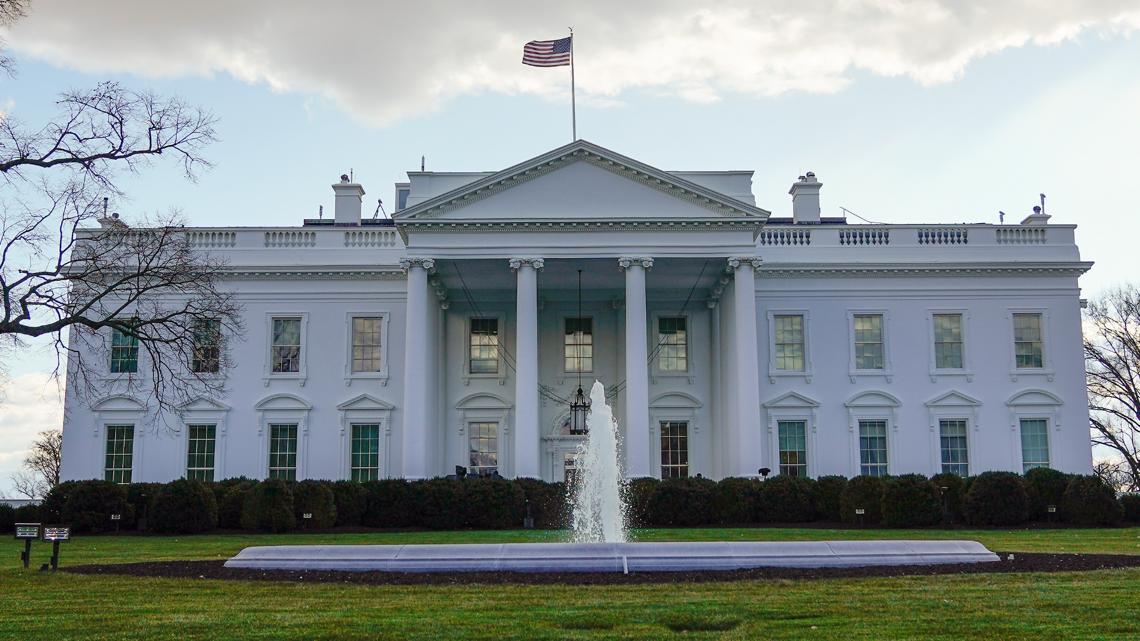Traverse City Licensing and Election Specialist Rebecca Adler stamps absentee ballots in 2023.
TRAVERSE CITY — Absentee voting in Grand Traverse County is significantly below 2020 levels so far, according to county Chief Deputy Clerk Sam Gedman.
“I’m not sure why the absentee ballot (return rate) is lower than the 2020 election cycle,” Gedman said. “It’s hard to extrapolate why that is, and it could change in the remaining two weeks before the election.”
As of Oct. 17, the county has mailed out 28,896 absentee ballots for the Nov. 5 general election and received 10,589 back so far — a return rate of 36.7 percent.
All told, the county has 84,153 registered voters, as of Oct. 17.
By comparison, the number of Grand Traverse County residents who voted by absentee ballot during the last presidential general election in 2020 was significantly higher. It set a new record of nearly 30,000 for a return rate of 80.1 percent by Oct. 30 of that year.
Record-Eagle stories focusing on the Grand Traverse area’s 2024 elections and related issues:
Other nearby counties also experienced higher rates of absentee voting in 2020. Leelanau County had a return rate of about 90 percent four years ago.
Yet even with this year’s decline in absentee voting, three northwestern Michigan counties are still in the top 10 for absentee voting so far this election cycle, according to state election officials: Leelanau (No. 1), Emmet (No. 2), Grand Traverse (No. 4), Charlevoix (No. 6) and Benzie (No. 10).
In contrast, the lowest 10 Michigan counties for absentee voting rates so far are: Newaygo, Jackson, Oscoda, Houghton, Cheboygan, Arenac, Clare, Sanilac, Calhoun and Mackinac.
The relatively higher percentage of affluent “snowbirds” in Northwest Michigan, many of whom may be out of state by Election Day, may account for these state ranking differences.
A national trend
The decline in absentee voting this year isn’t just a local phenomenon.
Statewide, Michiganders returned about 670,000 absentee ballots by Oct. 15, out of a total 2.13 million mailed. That equates to a return rate of 31 percent now versus 34 percent as of that date in 2020.
More importantly, the number of absentee ballots requested in Michigan during the 2020 election cycle was about 25 percent higher than it was this year (2.85 million versus 2.13 million).
Several other states also are reporting a drop-off in absentee voting numbers this month, from Minnesota and Mississippi to Florida and Texas, according to state officials.
Partisan participation varies. In recent years, more Democrats have voted absentee than Republicans, who typically prefer to vote on Election Day, according to research firm Catalist.
However, since 2020, the GOP has been encouraging more of its supporters to vote early. That effort seems to be paying off, albeit in relatively small numbers.
For example, Democrats in Pennsylvania requested 65 percent of all absentee ballots in 2020, but only 62 percent this year. During that same timeframe, the Republican percentage rose slightly from 24 percent to 26 percent.
In a battleground state like Pennsylvania or Michigan, small changes in turnout by either side could determine who wins.
Possible causes
Most political analysts say the comparative decline in absentee voting this year is explained with one word: COVID.
The World Health Organization declared COVID-19 an official pandemic in March 11, 2020, about eight months before that year’s general election in the United States.
The first doses of the Pfizer vaccine weren’t administered until Dec. 14 of that year — more than a month after the polls closed.
Catalist and other research organizations say fear of catching COVID at polling stations prompted millions of voters to choose the absentee option in 2020. Now that COVID is less of threat because of vaccines and treatments, that fear seems to have waned considerably.
Tim Skubick, host of the PBS television program “Off the Record,” interviewed experts about the decline in absentee voting this year and they agreed with the COVID hypothesis.
Easier to vote
In the meantime, many state governments, including Michigan, have made it easier for citizens to vote before Election Day.
For example, besides mailing in their ballots, absentee voters can also put them into official drop-box locations, which are typically located near a town hall or government building.
Early in-person voting is also an option in 47 states this election cycle. Only Alabama, Mississippi and New Hampshire do not offer that option currently.
The nine-day early in-person voting period begins Oct. 26 and ends Nov. 3.
In some localities, such as Detroit, Canton Township and East Lansing, early voting began today.













